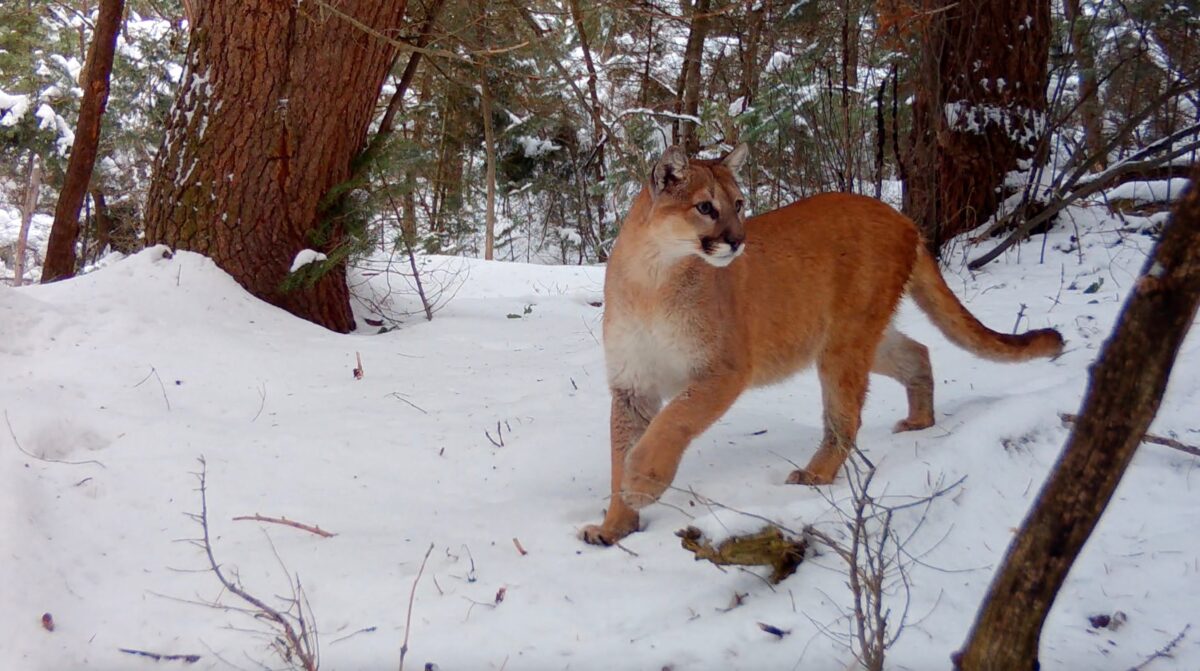 When there’s a fire, where do the wild things go?
When there’s a fire, where do the wild things go?
Natural disturbances, such as fires, are regular components of all ecosystems and are important for ecosystem health. While the effects of these disruptions may be temporary on an ecological time scale, fires can significantly impact both humans and wildlife by displacing individuals and devastating habitat and homes.Behavior of wildlife in response to natural disturbances will differ based on the type and severity of the event, as well as the species of animal. Some animals will flee, some will fly away, others will burrow underground to escape the disturbance, and inevitably, some will die. Displaced wildlife, those that have lost their homes, will temporarily seek out food and shelter in non-affected areas, including both rural and urban areas.
With fires raging in Napa County, human encounters with displaced wildlife are imminent. Below are some recommendations for responding to displaced wildlife after a natural disturbance.
Wildlife that live in fire-prone ecosystems have evolved alongside fires and will use their keen senses (such as hearing, smell, and sight) to escape fire. The U.S. Fish & Wildlife Service reports that it is uncommon for large mammals to die in wildfires and do not need help escaping fire. However, habitat devastation by fire can lead to temporary displacement of animals, including mountain lions, bobcats, bears, and coyotes.
If you live near a fire, you may notice deer and other animals coming through your yard. Deer were seen seeking refuge in the backyards of residential areas in Burbank and surrounding areas during the fires in Southern California, and coyotes were spotted running down the hills, away from the flames.
The most vulnerable individuals in a fire are young animals who are still dependent on their mothers, as they may get lost if they are separated from them in a fire. We received the video below from a firefighter who recently came across the 3 mountain lion kittens on his way to fight a large forest fire in Northern California. He did not see the mother, however, she was likely nearby. Mother mountain lions leave their kittens when they go to hunt. As the kittens were not injured in any way, he behaved appropriately by quietly observing them and allowing them to pass undisturbed.
Video of Kittens Recently Seen by a Firefighter
In 2005 a mountain lion kitten was rescued from the Butte Fire, and in 2012 a bear cub with burnt paws was rescued from the Mustang Complex Fire in Idaho. California Department of Fish and Wildlife (CDFW) intercepted the kitten, and Idaho Fish and Game the bear, and both were treated for their wounds.


Stories like this are highly unusual, as wildlife can generally detect fires early enough to flee. For young animals that are still dependent on their mothers, becoming separated during a fire can be life threatening. Luckily, these two were rescued, rehabilitated, and re-released! If you come across injured wildlife, do not approach them. Contact your local wildlife agencies and report the incident.
The best thing for displaced wildlife is to pass through and move on to natural habitat with minimal human interaction. Feeding wildlife, such as deer, can provide a false sense of available resources and can result in them sticking around, which can attract predators to your property. To protect yourself and your pets, do NOT attempt to take selfies with wild animals. Be sure to keep all pets indoors and livestock in secure enclosures with a roof during this time. Mountain lions, coyotes, and bobcats will be stressed and in search of food until they, and their prey, can return home to their natural habitats.
If you do encounter a mountain lion, make yourself appear as large as possible and make as much noise as possible. Pick up small children and keep eye contact and slowly create distance between yourself and the mountain lion. If you are attacked, fight back and especially protect your neck and throat. Use branches, rocks, purses and your own hands, legs, or whatever you have to protect yourself. Your goal is to convince the mountain lion that you are a threat, not prey.
For help holding or reporting displaced or injured animals, contact local authorities, such as the animal control office or your local wildlife rehabilitation centers.





 Facebook
Facebook Twitter
Twitter Send Email
Send Email


